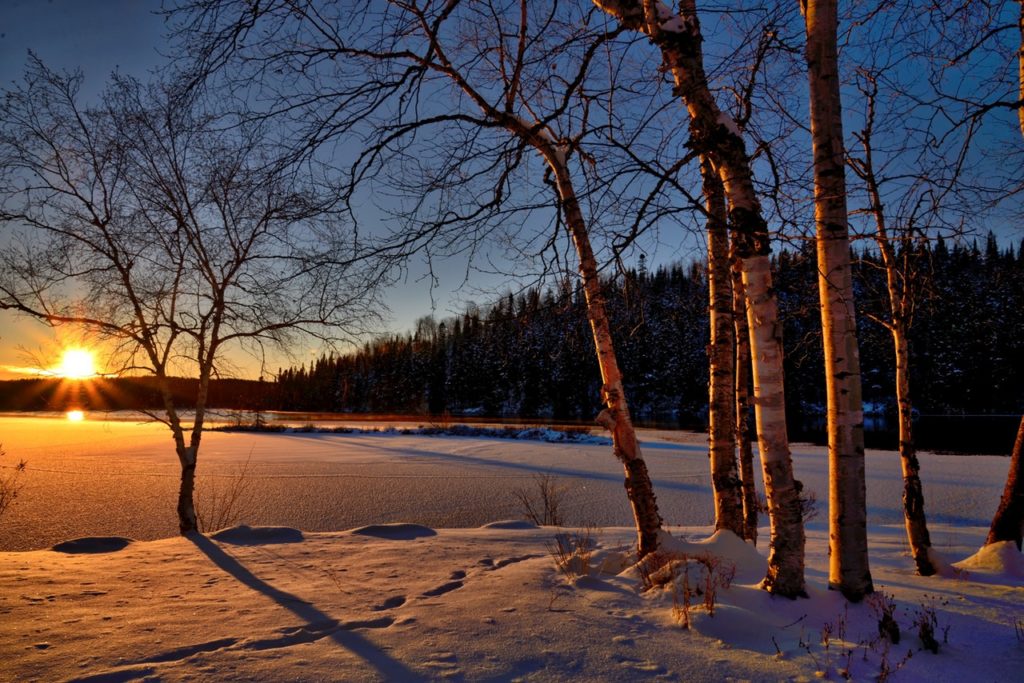Winter 2020: Will It Follow in Some of These Chilly Footsteps?
A new year is always prime time for weather forecasters, predicting how the forecast will be wetter, colder, and more challenging for us to battle through on our daily commute. While many people struggle enough in January, combatting the post-festive blues, it’s also the beginning of the UK’s peak storm season. With many epic freezes on record, a chilly start to the year has happened a lot over the years. Let’s take a look at some of the most historic winter freezes in the UK and predict whether 2020 will follow suit.
1836
The winter of 1836/37 was one of the oldest cold snaps on record and sent a chill right through the core of the UK, with a hostile combination of sub-zero temperatures, snowstorms, and gale force winds. On Christmas Eve of 1836, the southern region of the UK was battered by a formidable deluge, as well as intense blizzards and high winds, resulting in serious snow drifts. By Boxing Day, there had been little to no relief from Mother Nature and the storm hit the town of Lewes, Sussex, near the Southern coastline. The north easterly winds swept up a deep layer of snow on Cliffe Hill, and it was reportedly near 20 feet deep. The overhang of show was fated to collapse onto a row of houses belonging to some of the poorest working people in the town, known as Boulder Row. The residents were advised to leave their homes but refused to do so, even after the snow drift partially collapsed and swept an entire timber yard close to the cottages into the nearby River Ouse. On the following day, the remaining snow drift fell, engulfing the cottages. Nowadays, the avalanche is commemorated by the Snowdrop Inn, a pub built on the former Boulder Row site.

1947
In post-war Britain was hit by a serious wintery snap in February 1947, and it was a freak event which certainly took the nation by surprise. The weather had followed the now modern trend of a mild January, only to experience blankets of snow in a sudden chill at the end of the month. This pattern has become a common trend ever since — making the 1947 freeze the origin of what we now know as the typical British winter. Since the snow started on the 23rd January, it fell somewhere in the UK every day for 55 consecutive days after, and we’ve not experienced this since!
1962/63
This winter was considered as the worst winter in recent history. 1962/3 was certainly a year the UK wrapped up warm and stayed indoors, as outside temperatures fell to a record -20°C in December 1962. In Glasgow, snow fell on Christmas Day for the first time since 1938, making for the ultimate festive postcard scene. Across Wales and in South West England, snow drifts were cutting communication off in towns and villages for days at a time. Lakes and rivers around the nation were transformed into icy spectacles, and the sea even froze over near harbours and ports. Newspaper headlines in Ireland read ‘More Snow Falls as Cut-Off Families Run Short of Food’, and images show groups of people pushing vintage cars out of deep snow. This freeze was the coldest to hit for over 200 years, and the country only began the upwards climb out of winter in March 1963.
2018
In the ‘noughties’ we certainly experienced some particularly frosty periods, but the notorious cold snap which gripped the country from February 2018 onwards was undoubtedly one of the worst events in recent history. This wintery spell caused £1.2 billion in damages, with the lowest temperature of -14°C recorded in Cairn Gorm, and a shocking 17 UK casualties. The phrase ‘Beast from the East’ is used to describe cold and wintery conditions created by a polar continental air mass, happening typically when air pressure is high over Scandinavia. Across the continent in Europe, many countries experienced a similarly intense chill, with snow falling in Rome for the first time in six years and in Paris, metro stations were adorned with icicles hanging from the ceilings.
UK residents were forced to prepare for the wintery influx and the MET office issued several weather warnings — reaching the highest recognised level, red. From the north of Scotland to the south of London, every corner of the UK was affected to some extent by chillingly low temperatures, black ice, and blizzard conditions leading to some power outages. This continued into March, with travel disruption from closed roads to cancelled trains and planes alike.
2020
So what’s in store for this winter then? Meteorologists have taken a look at the patterns we experienced towards the end of 2019, and with this in mind, it seems like cold snaps will be short lived. But climate change scientists have forecasted that January and February will experience an average temperate of 3.9°C. This is 0.5°C below average for the time of year. These cold snaps might not be prolonged though, and there’s rain on the long range forecasts — nothing a windproof umbrella can’t tackle! However, if this prediction is right, then winter 2020 could be the seventh coldest of the past 30 years.
So as we move into February, time will tell on whether or not we will shiver long into March, welcoming spring with open arms!
